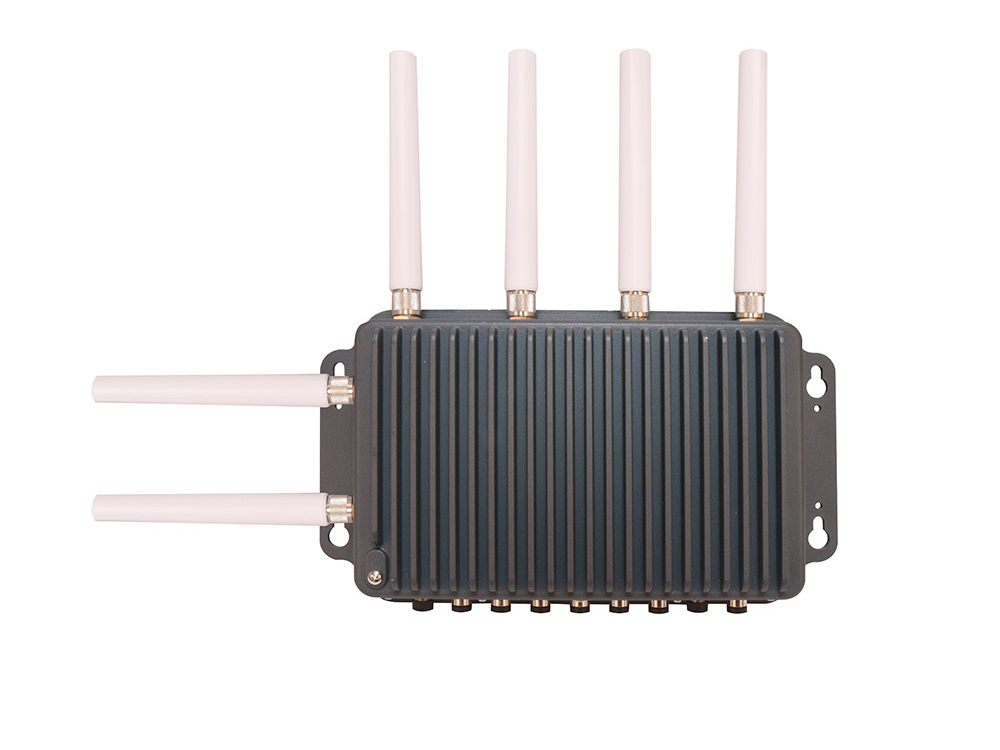Background
Delivering quick-meals at reasonable prices in a constantly-changing marketplace is no small feat, especially due to soaring fuel costs, product quality concerns, and nutritional mandates, in addition to menu cycle changes, changing consumer demands, and new product introductions to keep customers coming back. Fast-food chains and food service industry rely heavily on distribution and logistics service providers to provide prepared meals, fresh produce and meats, and package handling.
Many fast food chains and distribution service providers are upgrading their distribution centers, retrofitting to become a fully automated, next-generation facility to further enhance the complex distribution network and streamlining operations to help run the business for improved efficiency. An energy-efficient facility with upgraded hardware and software would greatly increase visibility of inbound and outbound product order placement, measure and track product quality, monitor inventory, and ensure tasks are prioritized to maintain the highest level of throughput and productivity, and provide new levels of operational efficiency and reliability. It combines innovations in robotics, numerical simulation, algorithms, computer vision, thermodynamics to enable reliable and efficient access to food. Through a distribution center to create a network where food suppliers, carriers and distributors maintain a level of access and control that builds a stronger, more robust food delivery system.
Requirements
A telecom service provider provides network, security and compute services to a US-based fast food restaurant warehouse distribution center and manufacturing facilities. They adopted Lanner’s uCPE SD-WAN appliances for multi-site branch SD-WAN computing and connectivity. The hardware platforms must meet the following requirements:
- Network Visibility – The appliance should have multi-core processor architecture and expansion modules for increased performance to run concurrent services and work seamlessly with analytics and monitoring software to review inventory levels and receive timely alerts.
- Robust Security – Onboard TPM for securing crypto-processing and tamper resistance at the hardware level, supporting continuous secure communication between the sensors, IoT devices, and more.
- 5G & Wi-Fi Connectivity – The system must support 5G and Wi-Fi connectivity to enable real-time data collection and analysis.
- Environmental Robustness – Lanner’s ISD-O370 is designed to withstand robust environments usually found in manufacturing and distribution sites, in addition to waterproof and wide temperature resistance for outdoor use, supporting continuous connectivity and optimal operations, regardless of the environment.

Solutions
The NCA-1515, a desktop network appliance powered by Intel® Atom® C3000 (codenamed Denverton) CPU, features robust performance, Intel’s QuickAssist Technology, TPM security, offering cryptographic acceleration, multi-WAN architecture, and commercial-grade LAN functions in a compact form factor. The NCA-1515 offers mPCIe expansion slot supporting VPU to deploy a robust Edge AI solution for intelligent surveillance, manufacturing, access control, retail and beyond.
The ISD-O370, an all-weather, fan-less edge network appliance, featuring Intel Atom C3000 processor with crypto acceleration, supporting 5G and Wi-Fi 6 connectivity, and IP67 & MIL-STD-810G environmental compliance. Designed as an outdoor, waterproof wireless uCPE device deployed at the rugged edge, ISD-O370 enables routing, security, industrial IoT and SD-WAN in the most demanding conditions.








